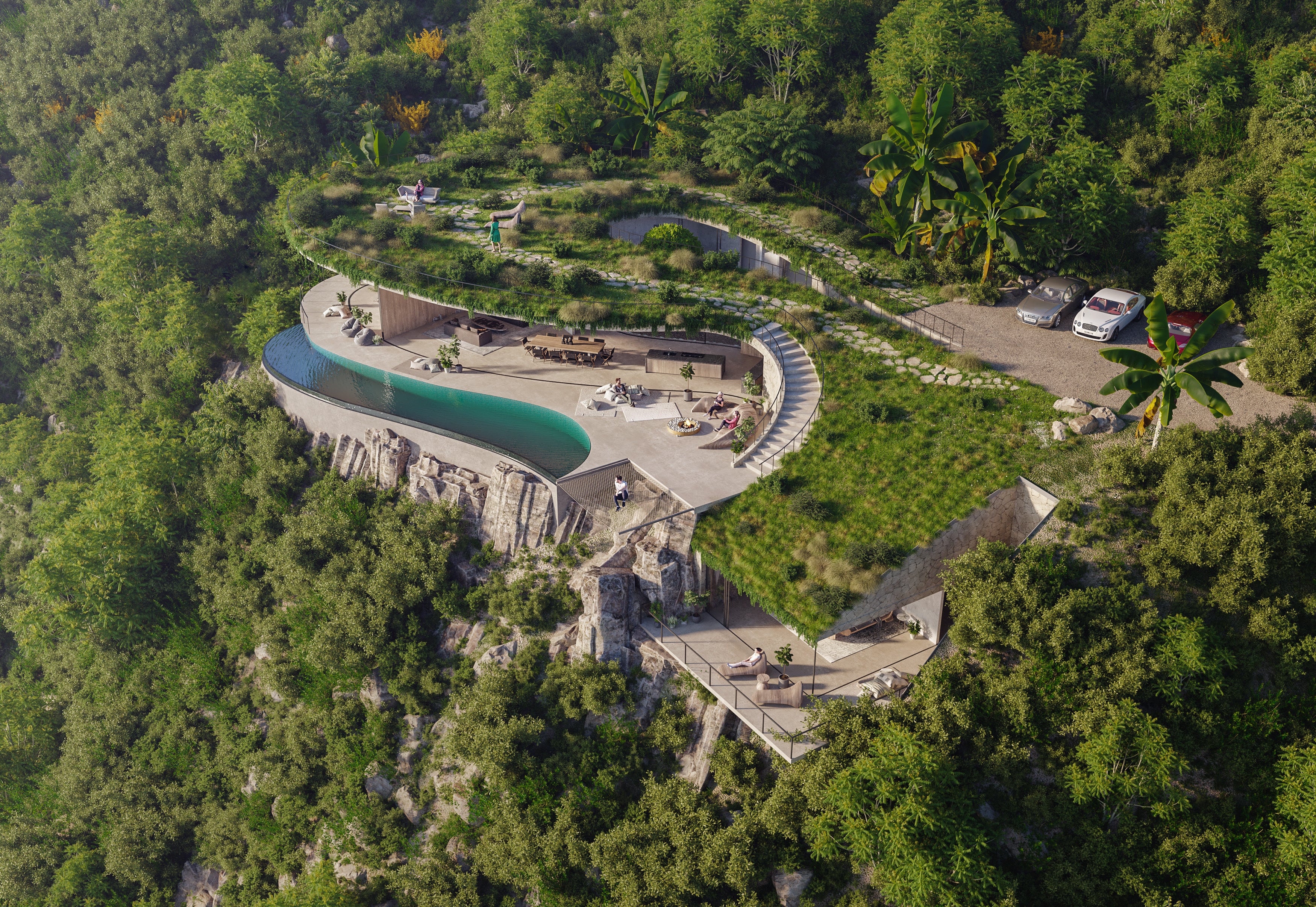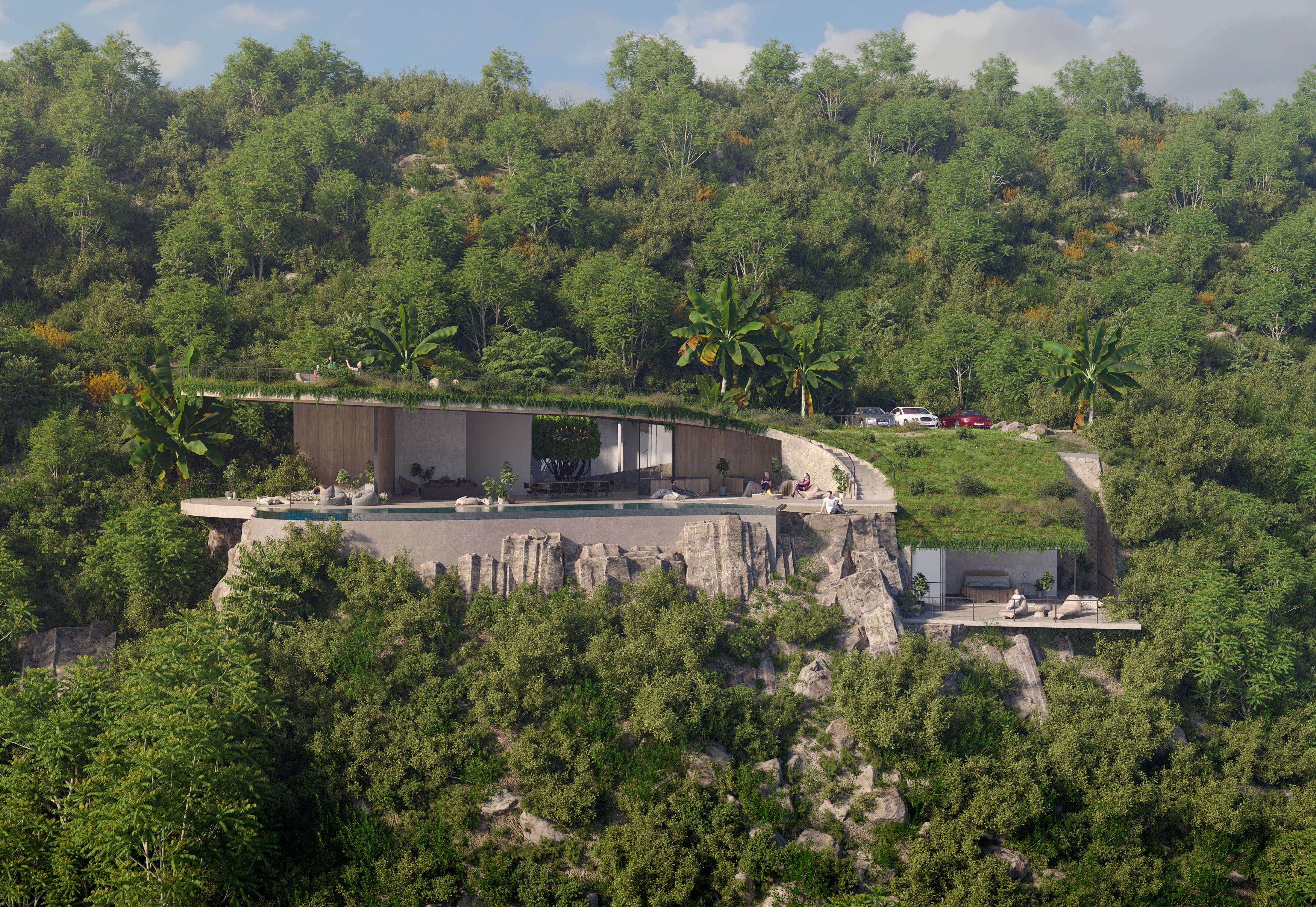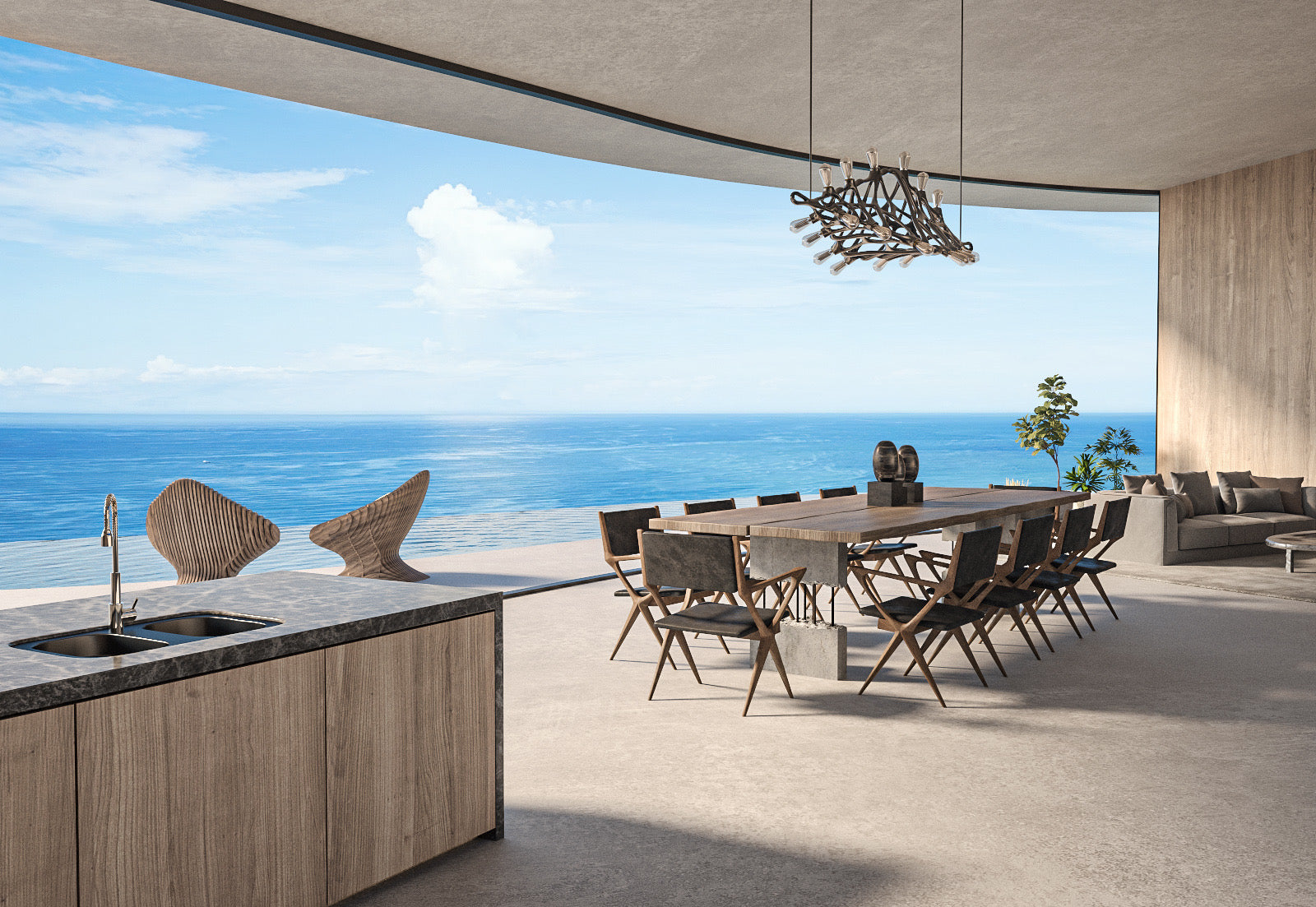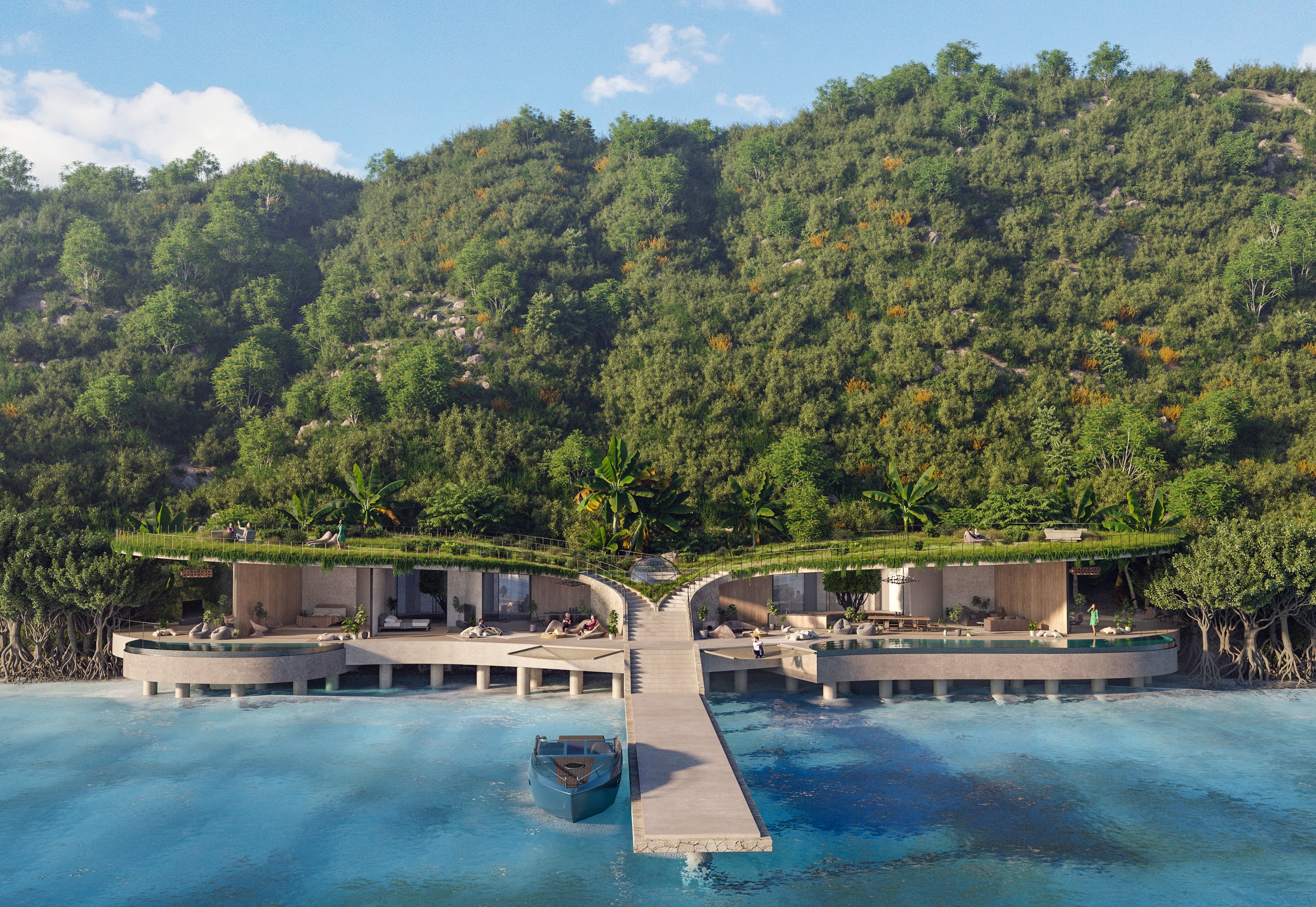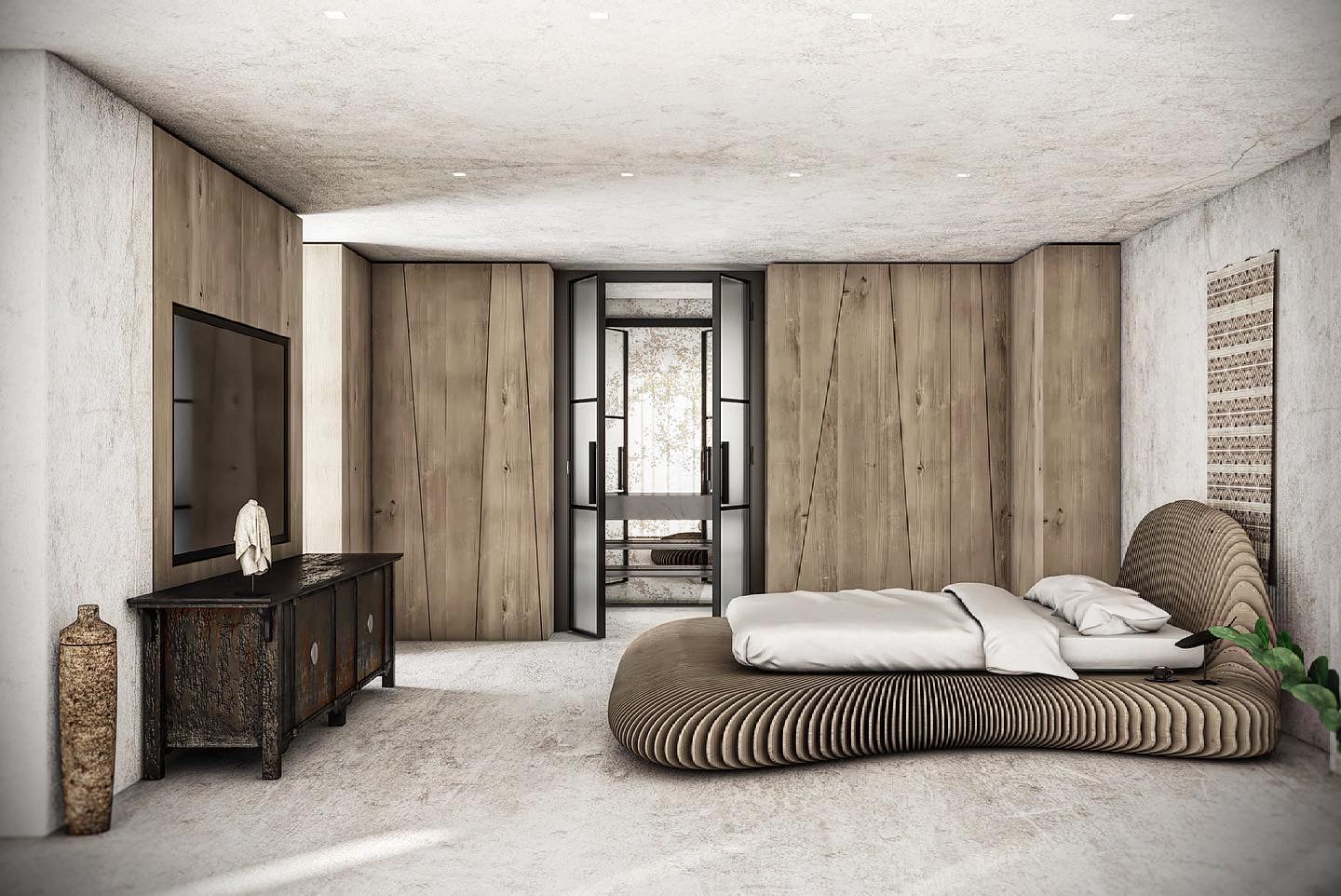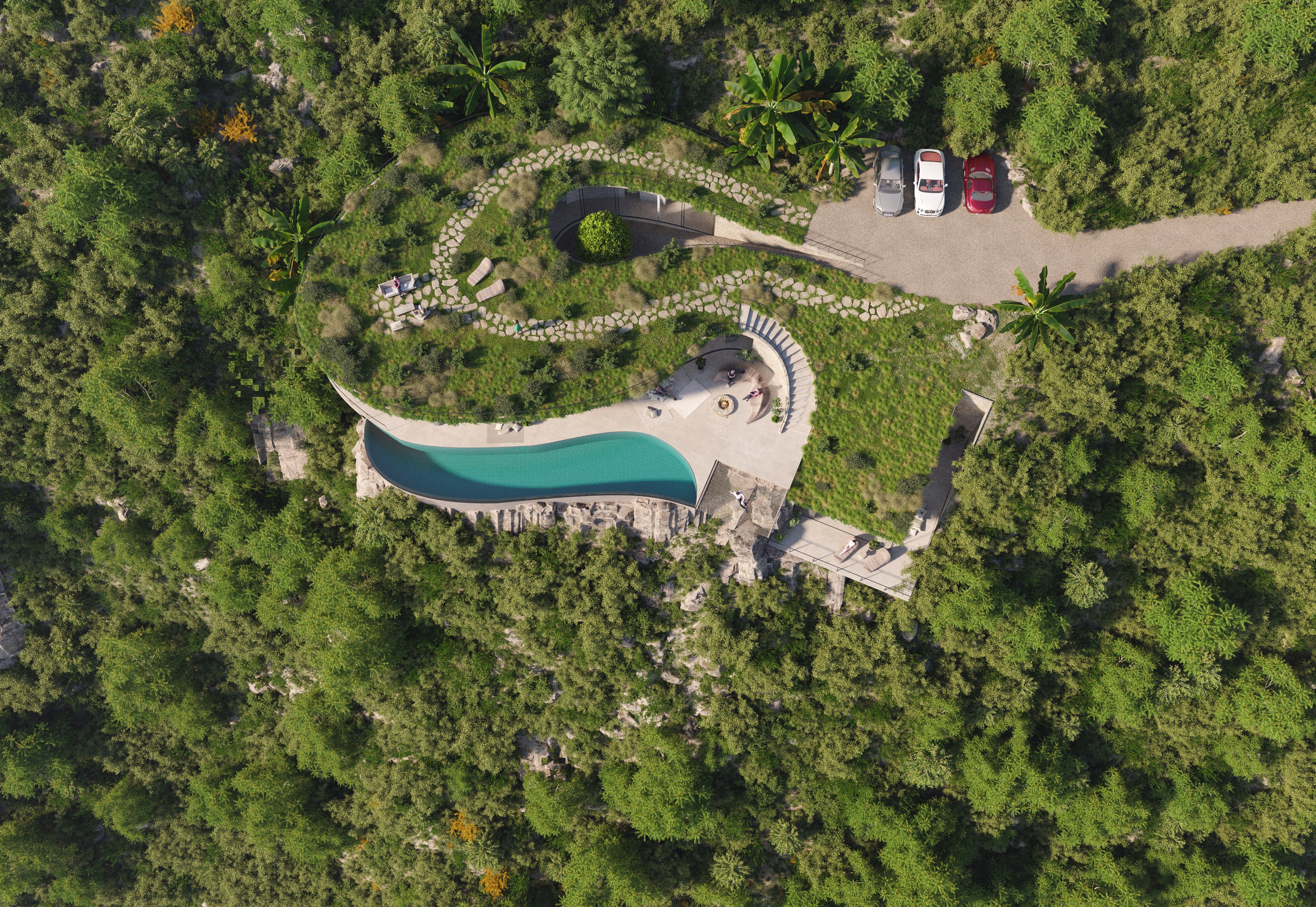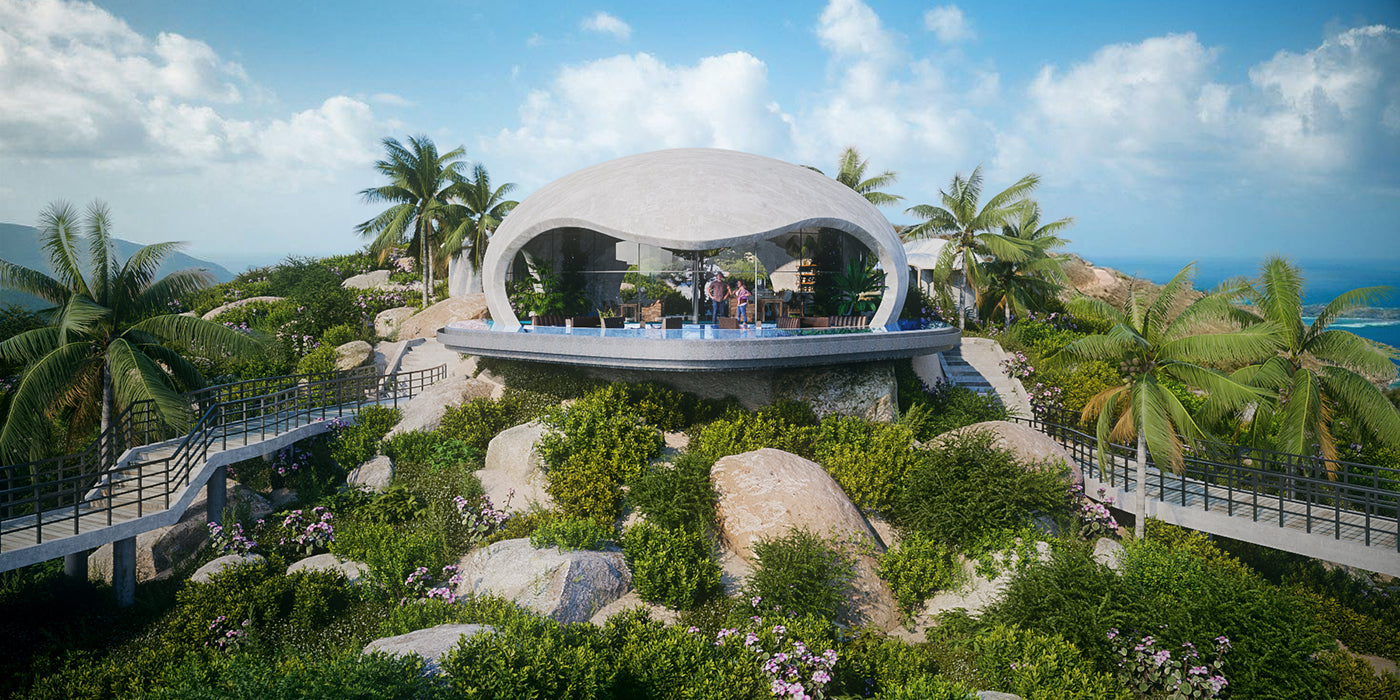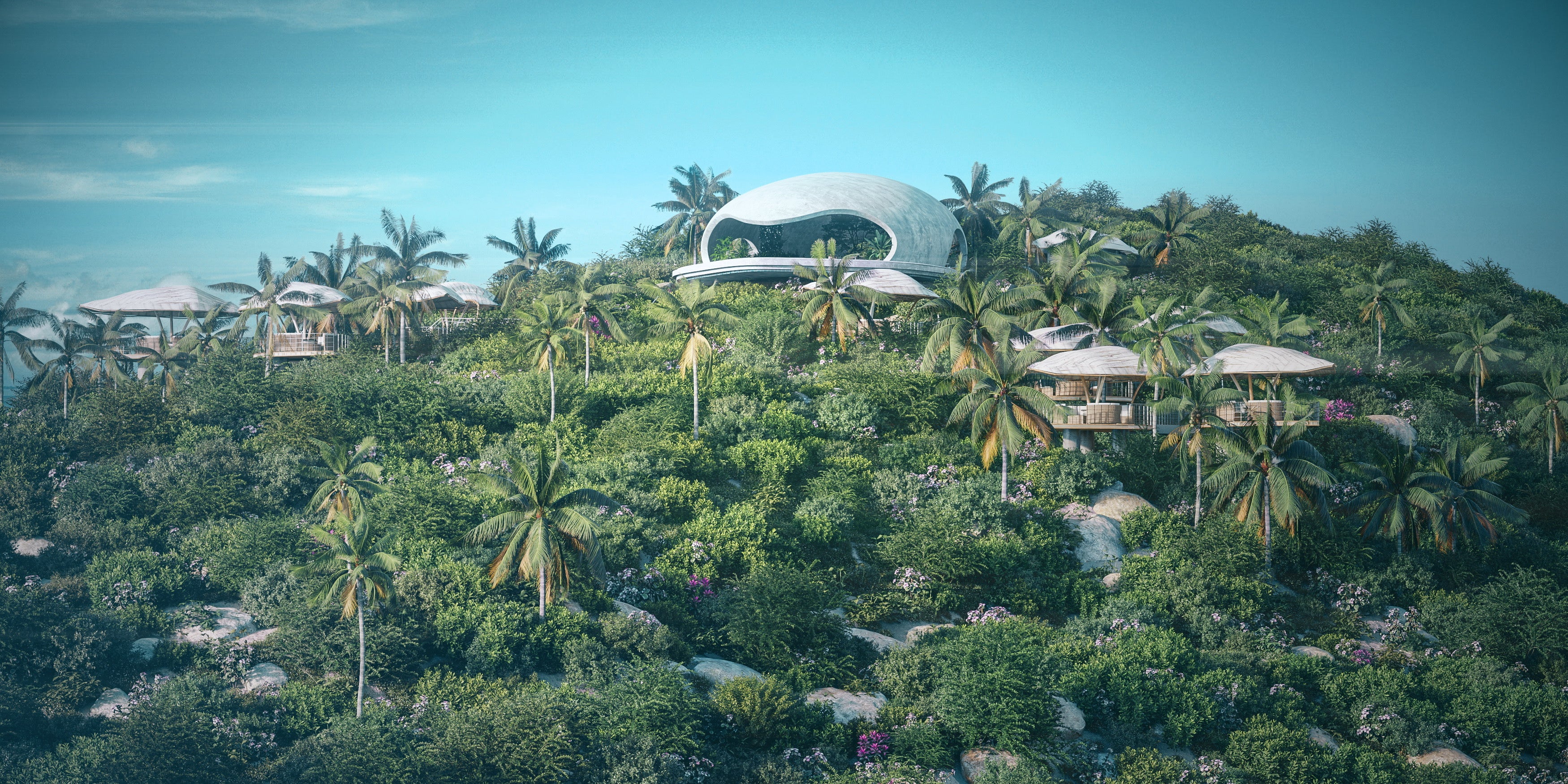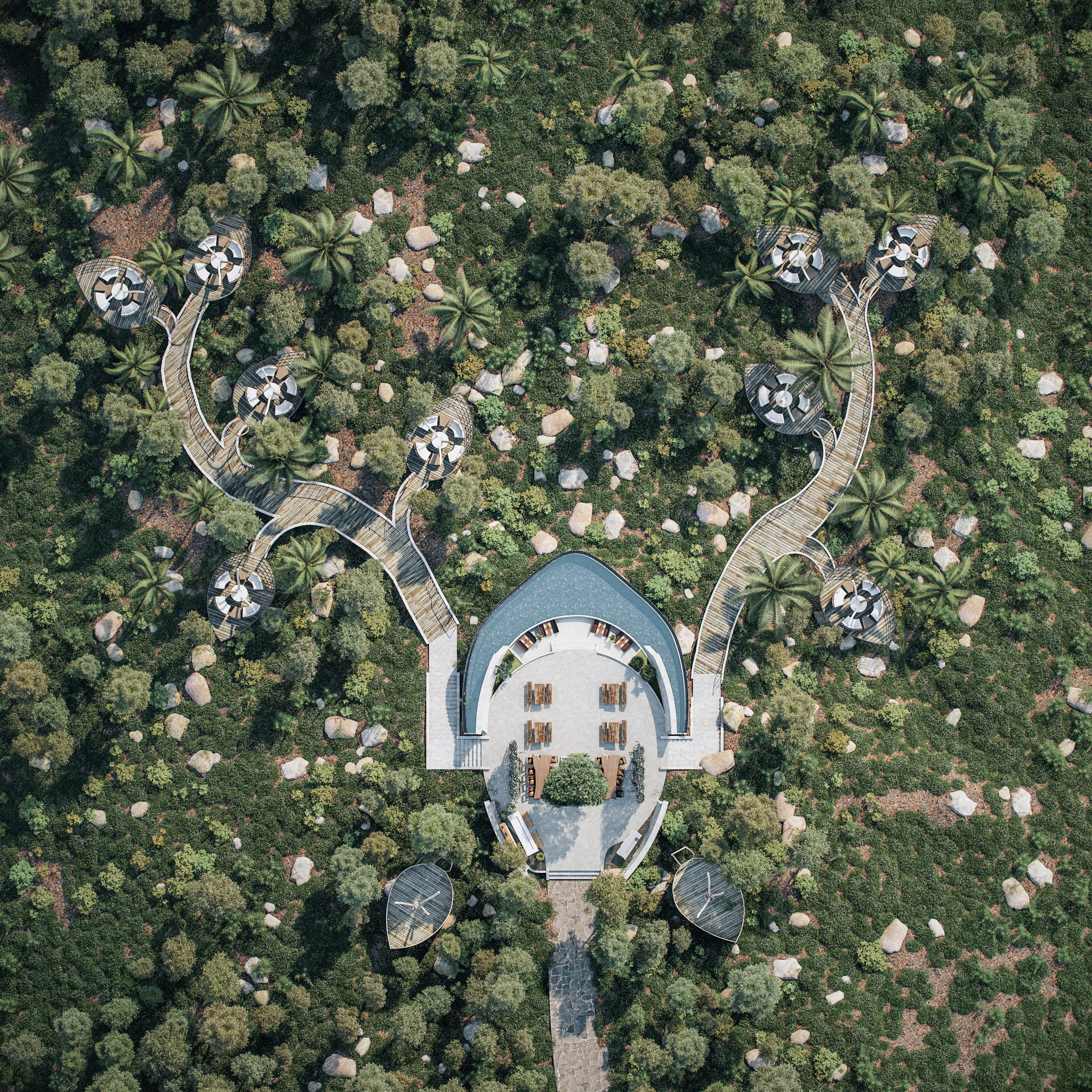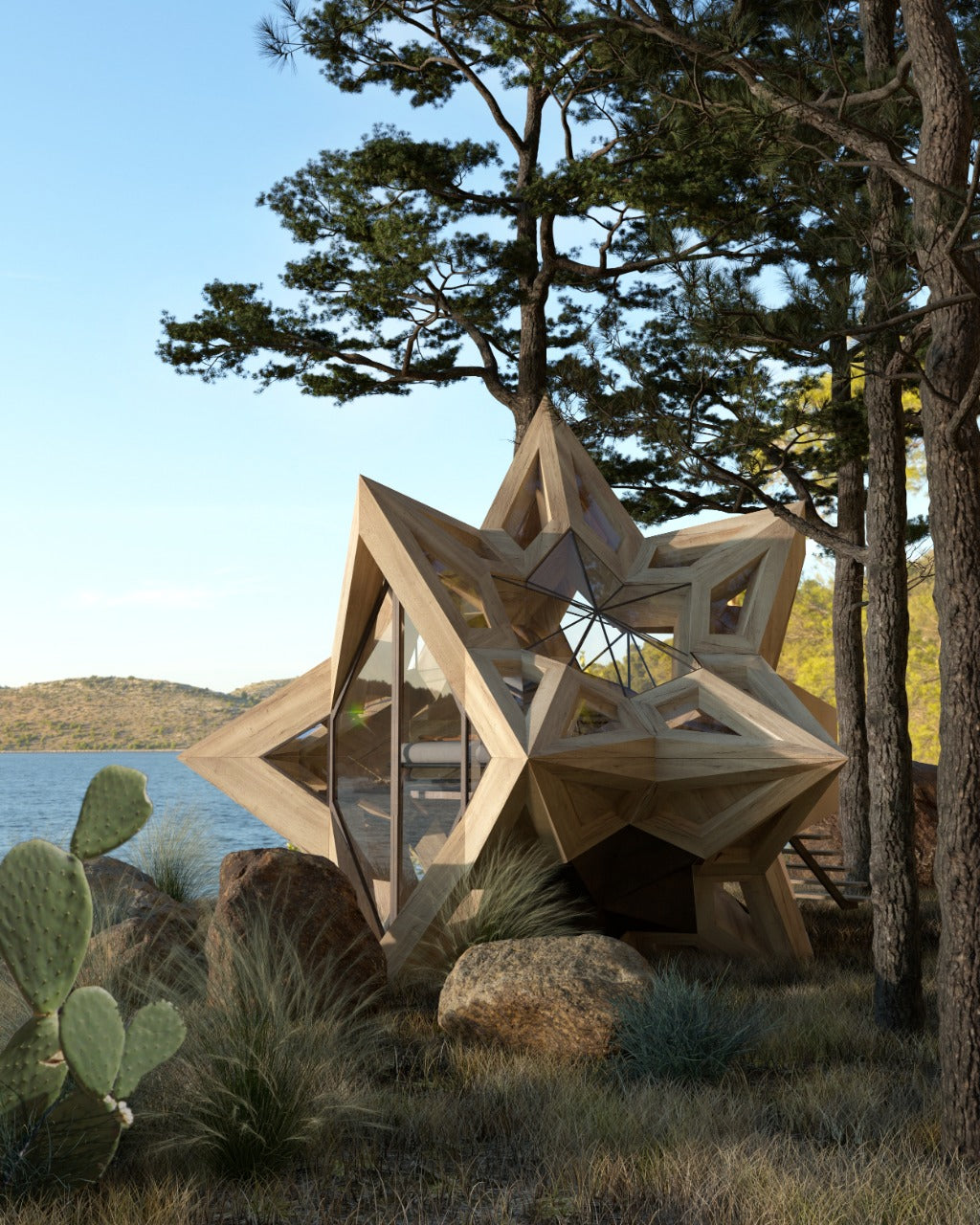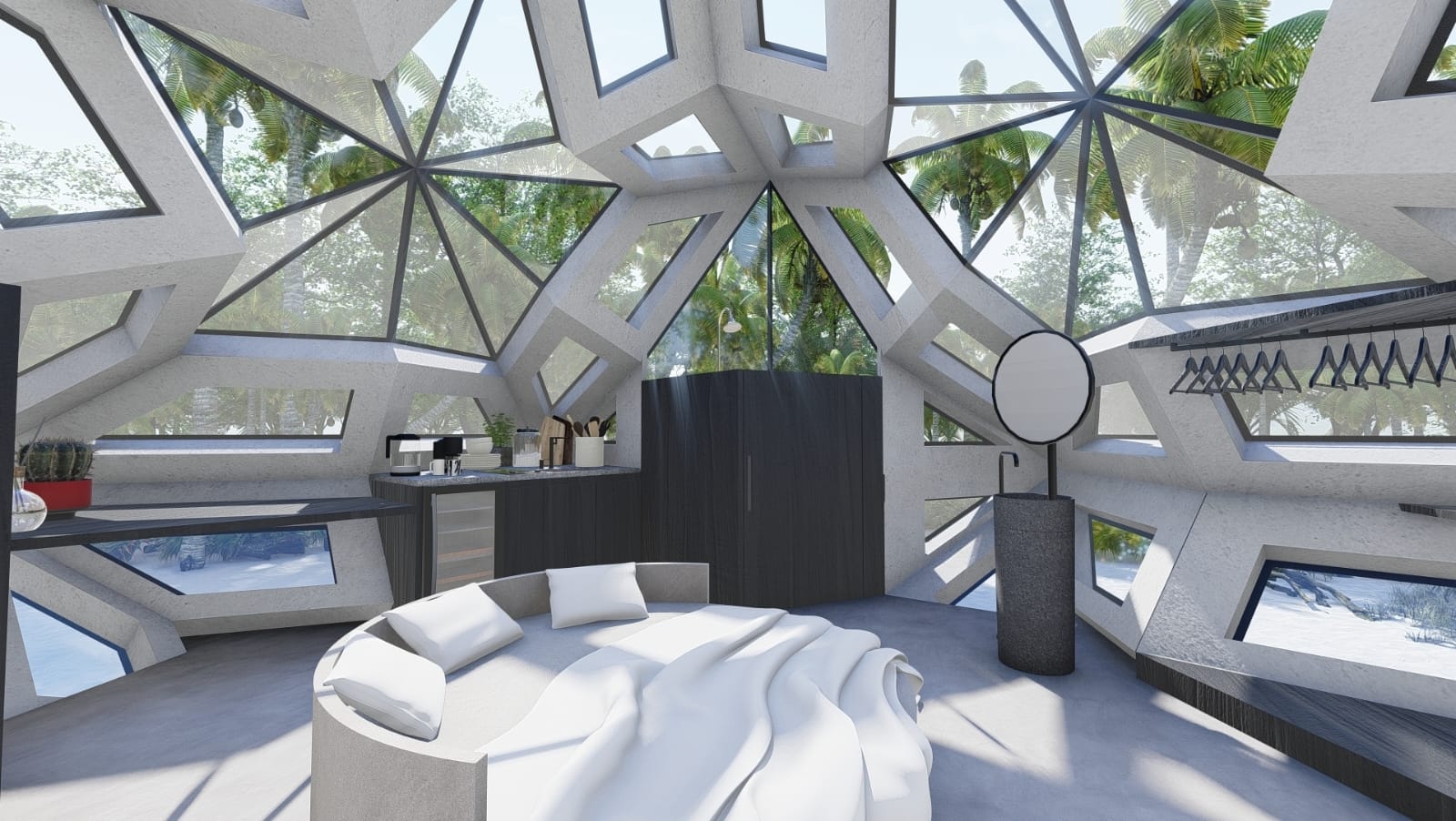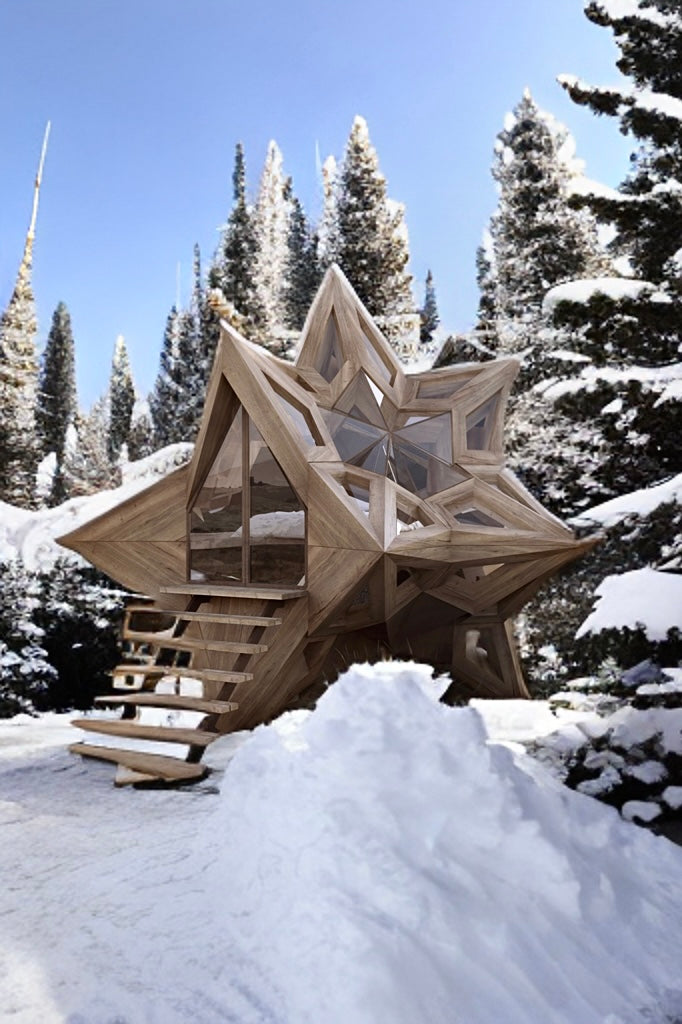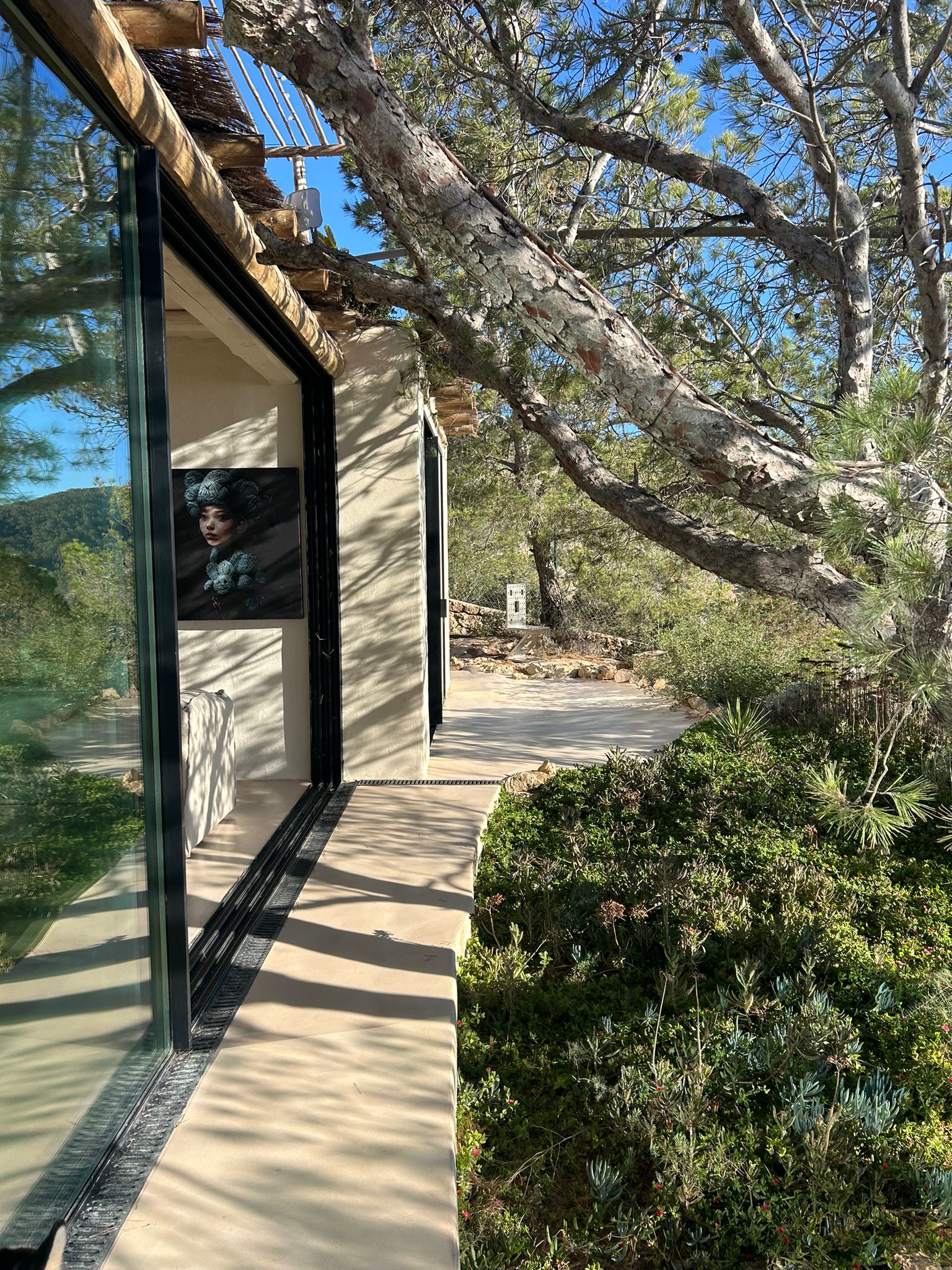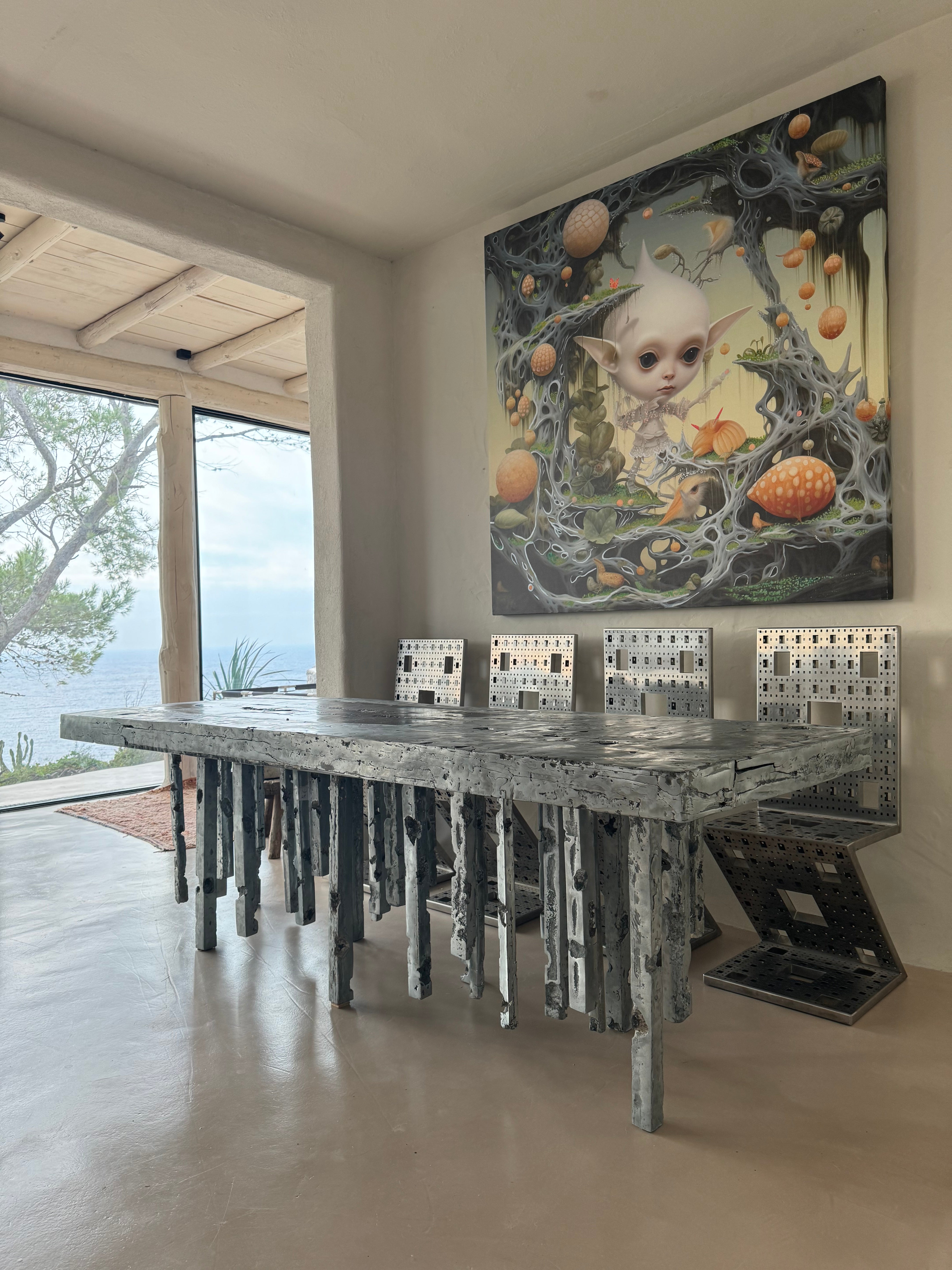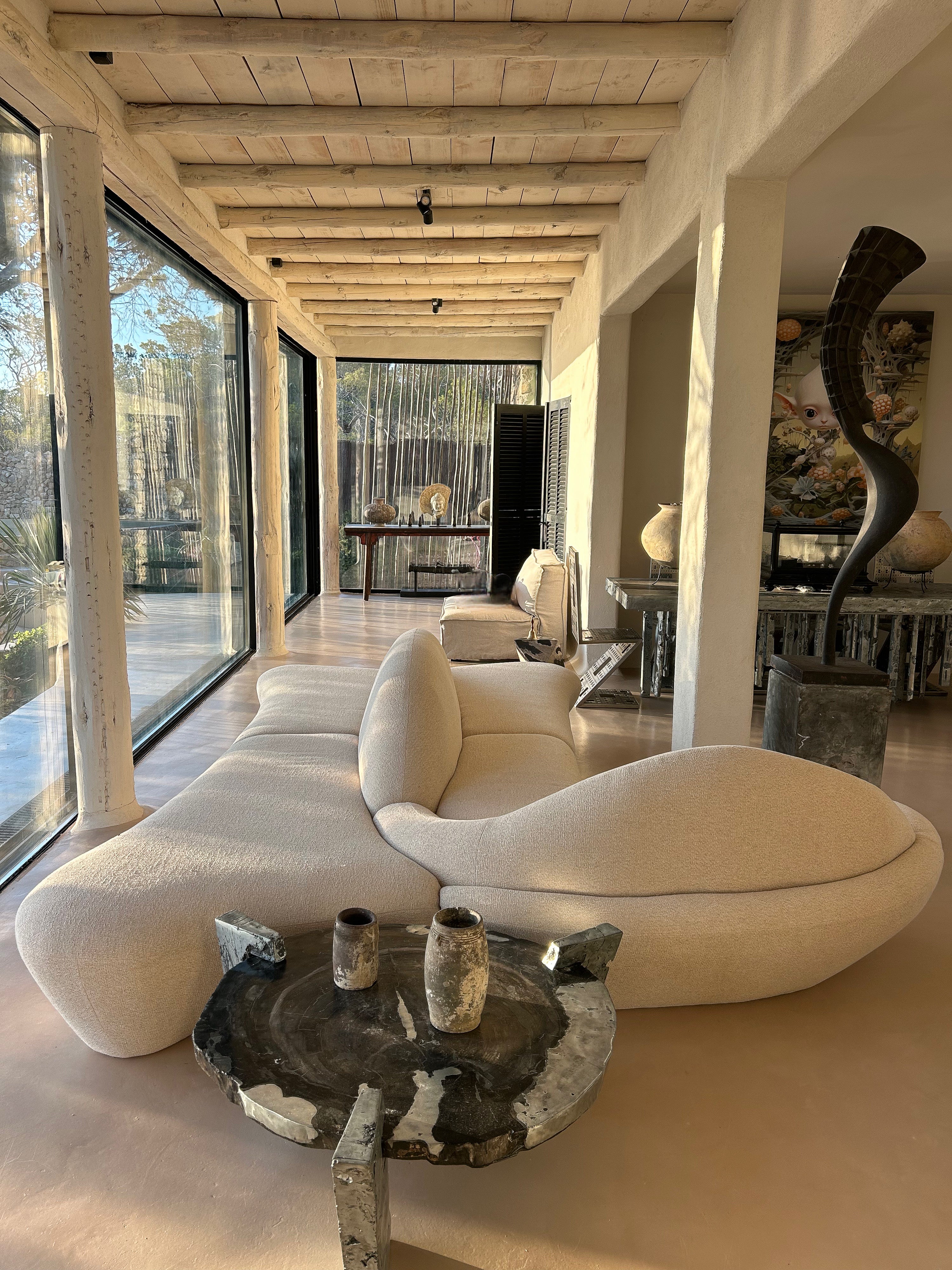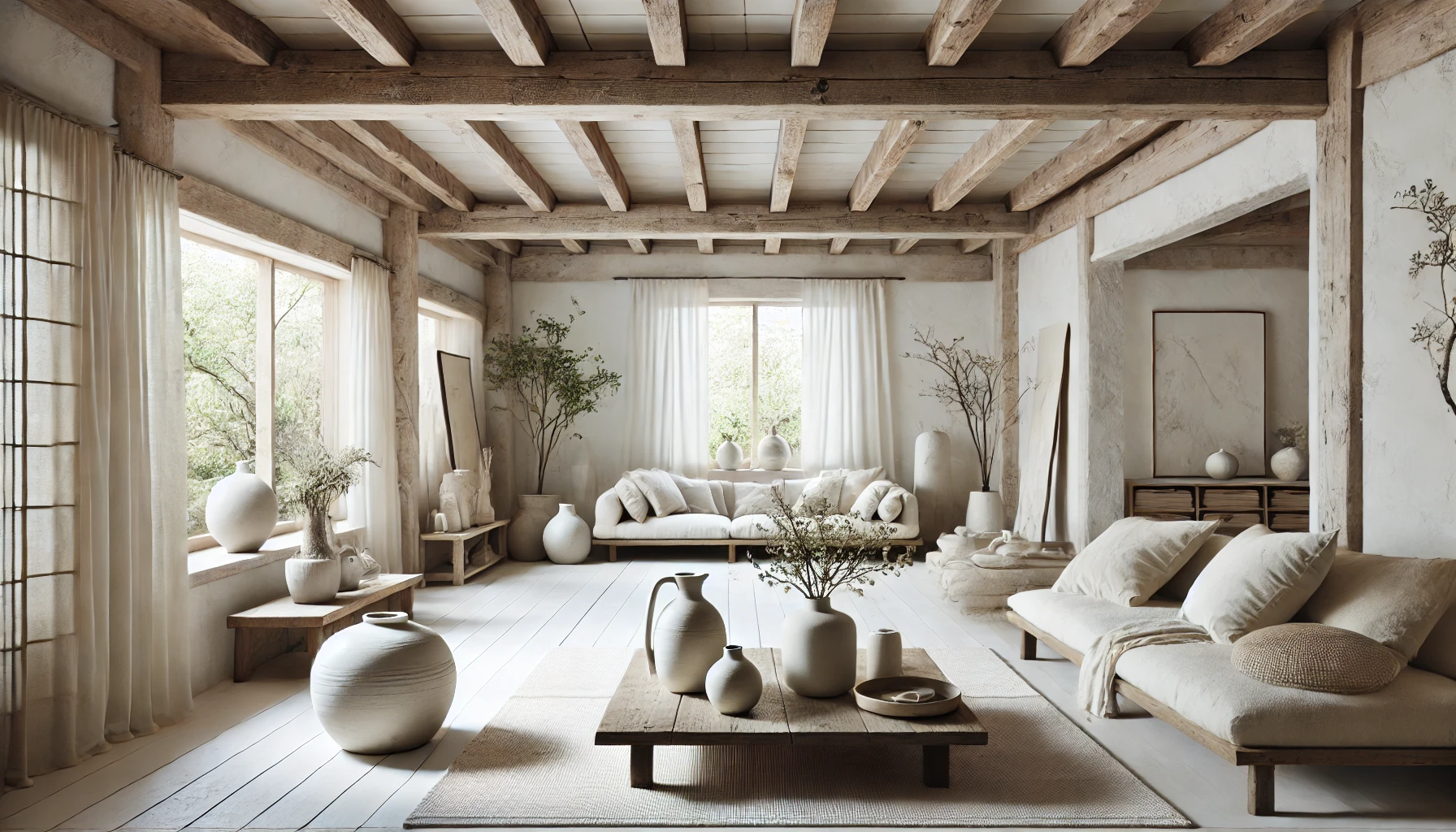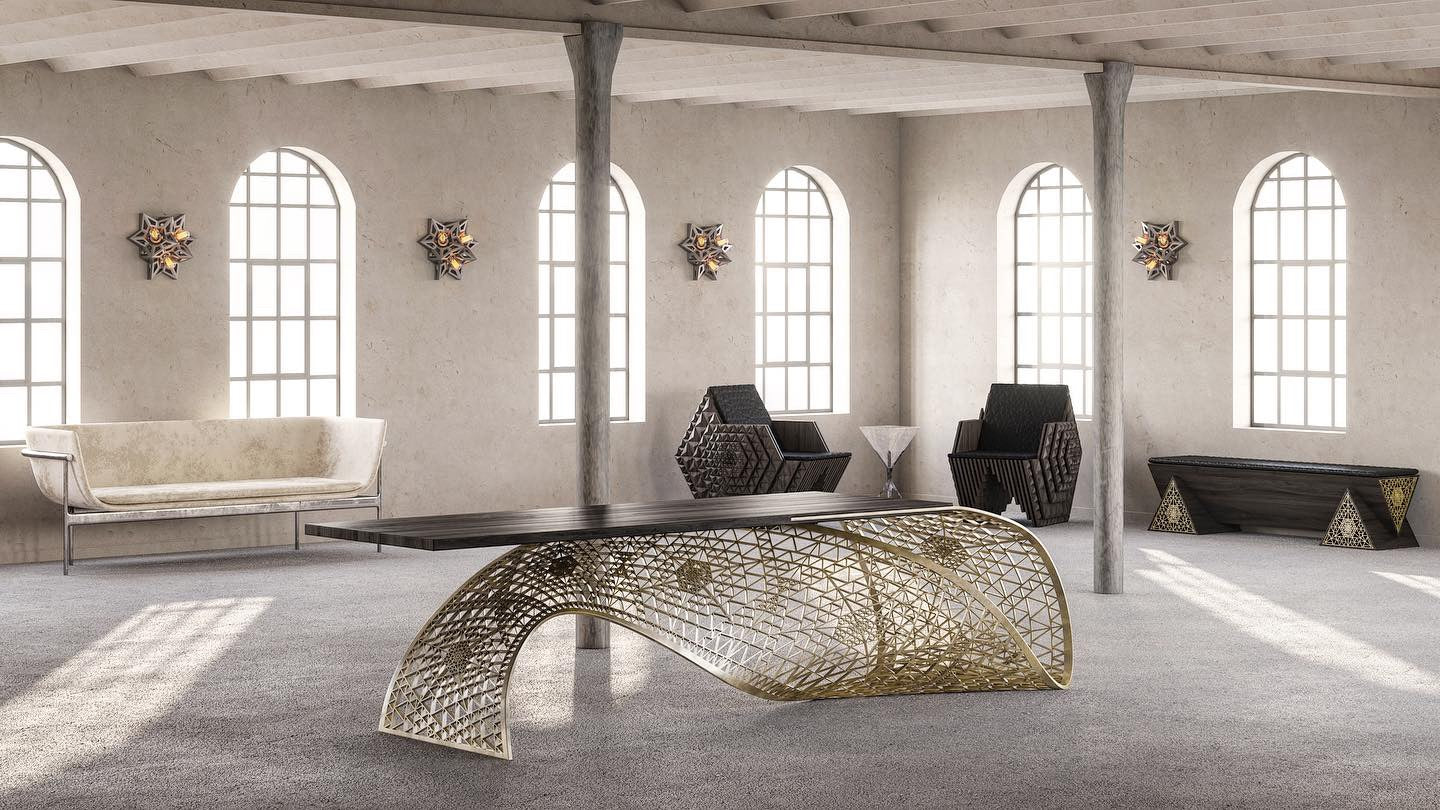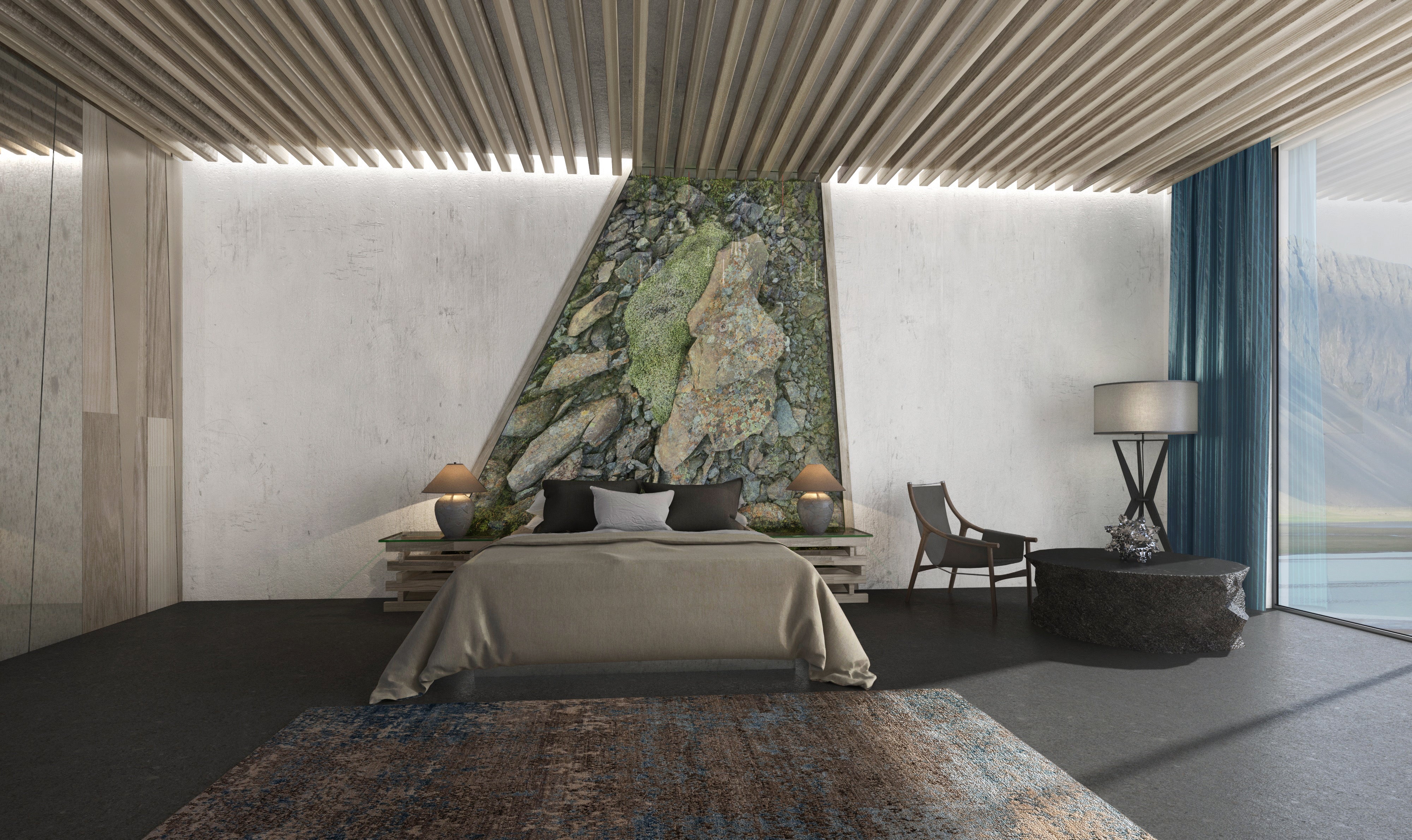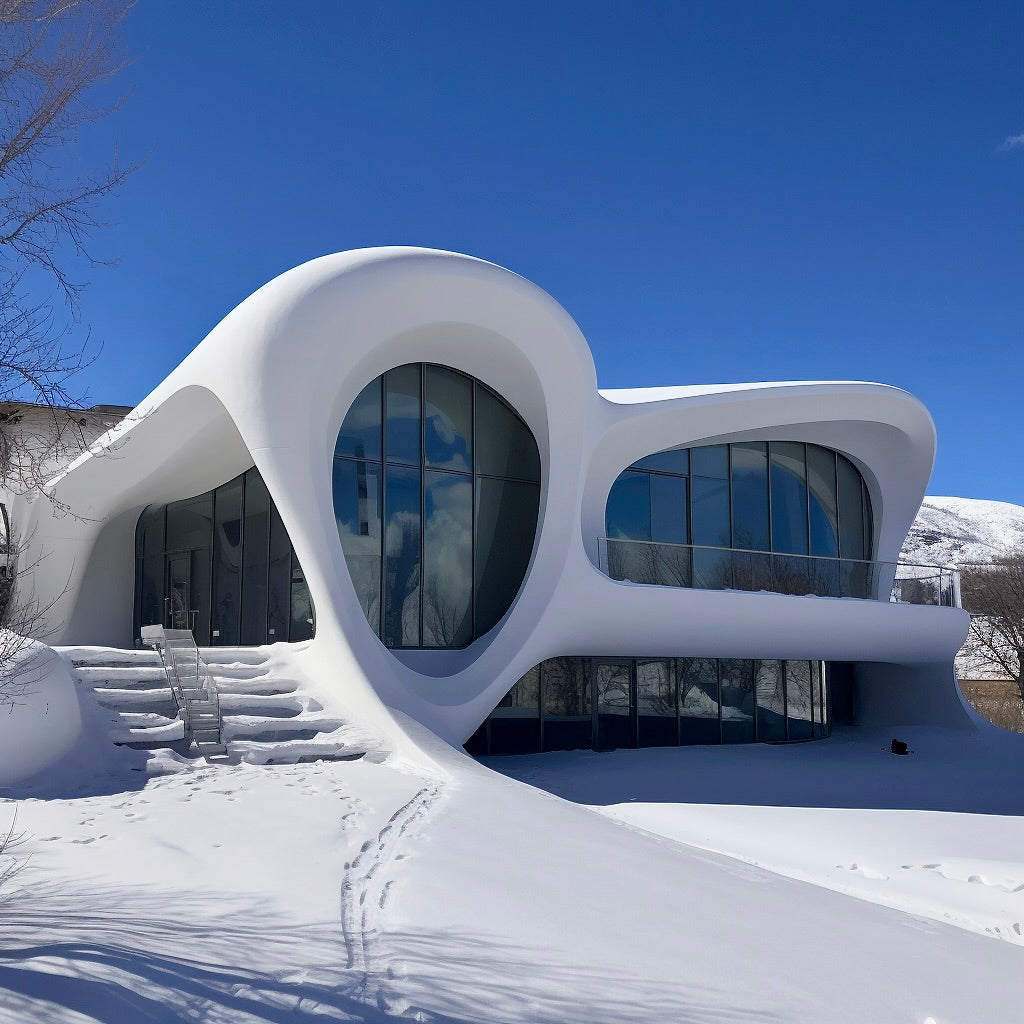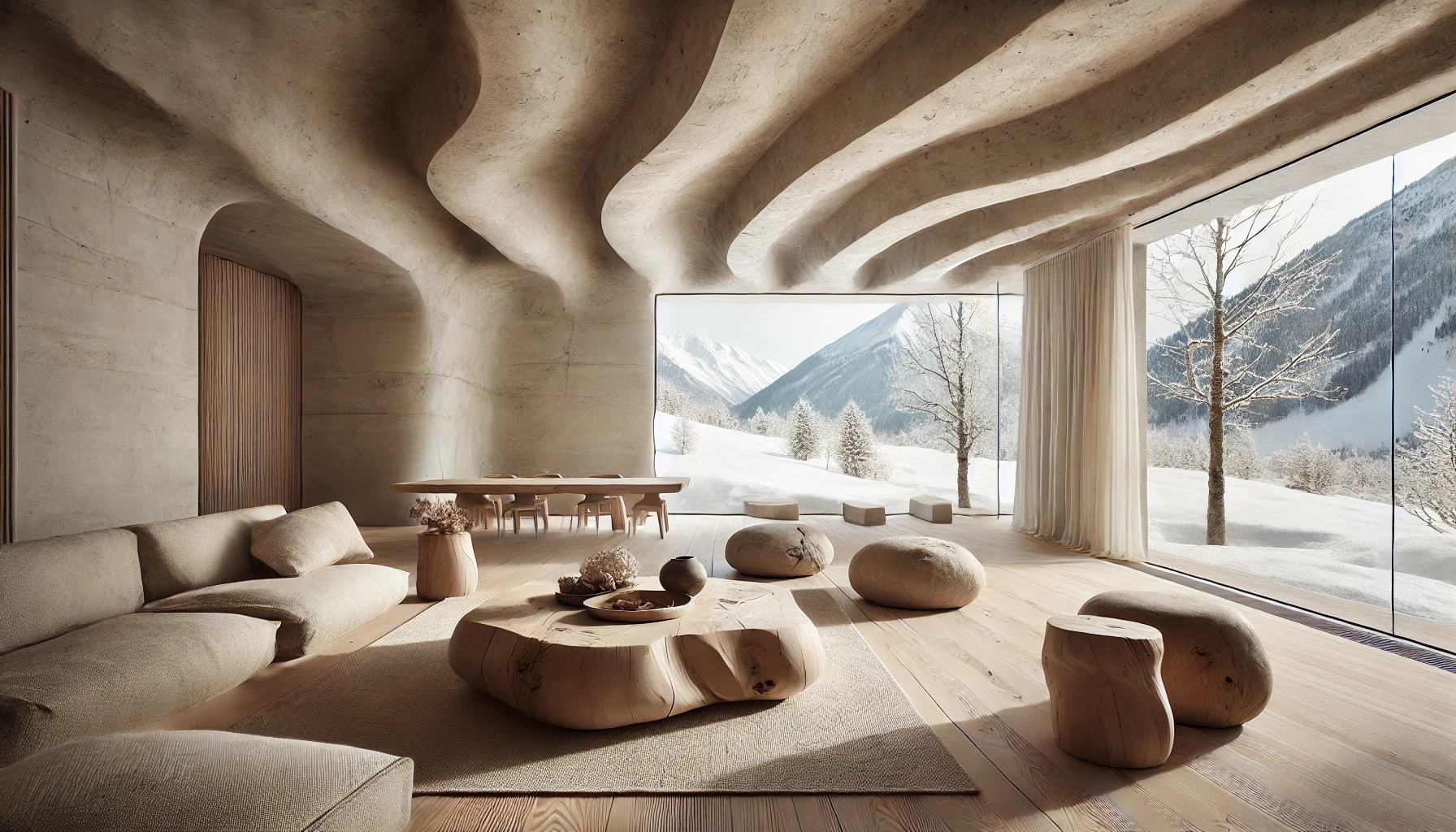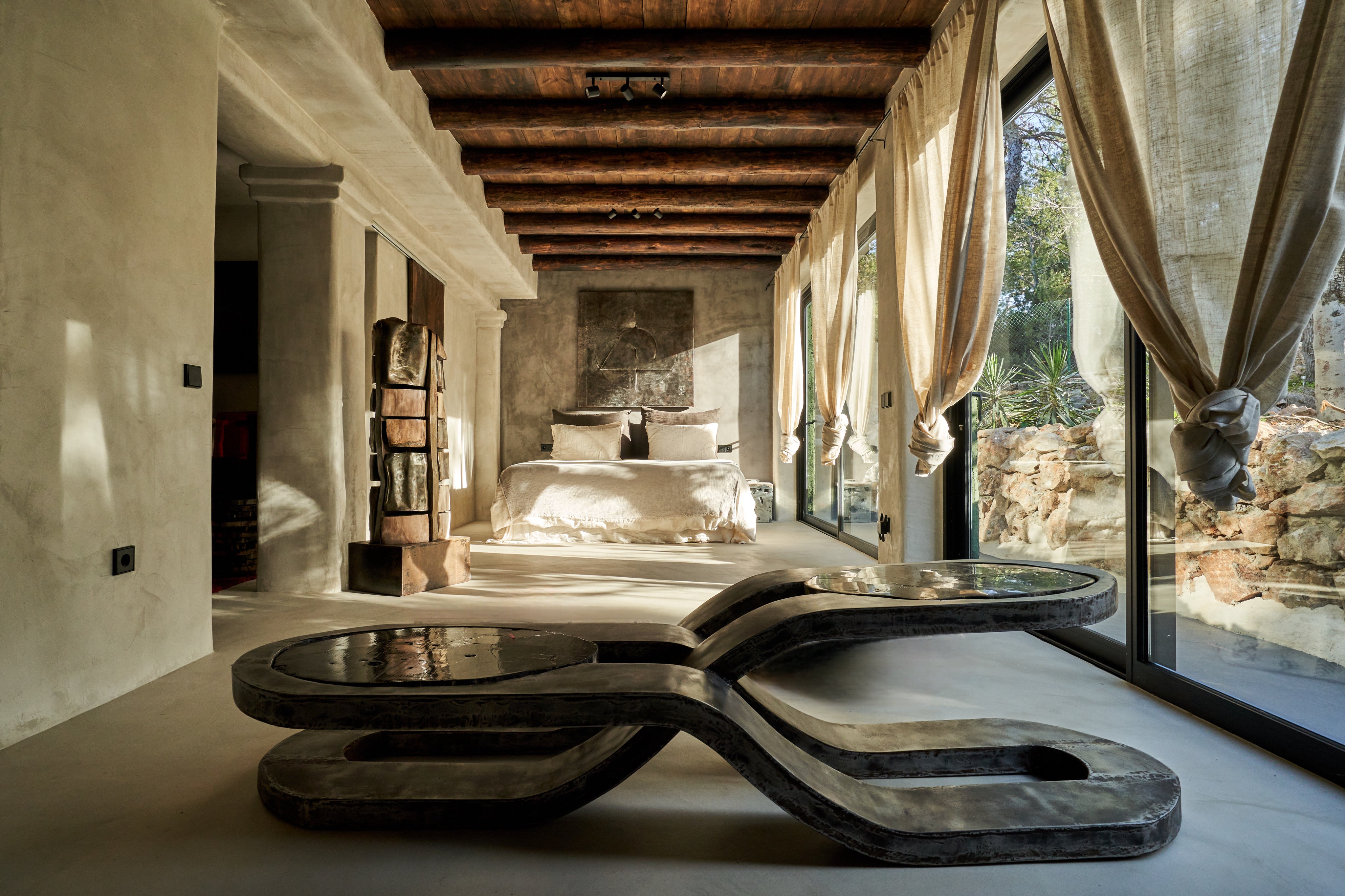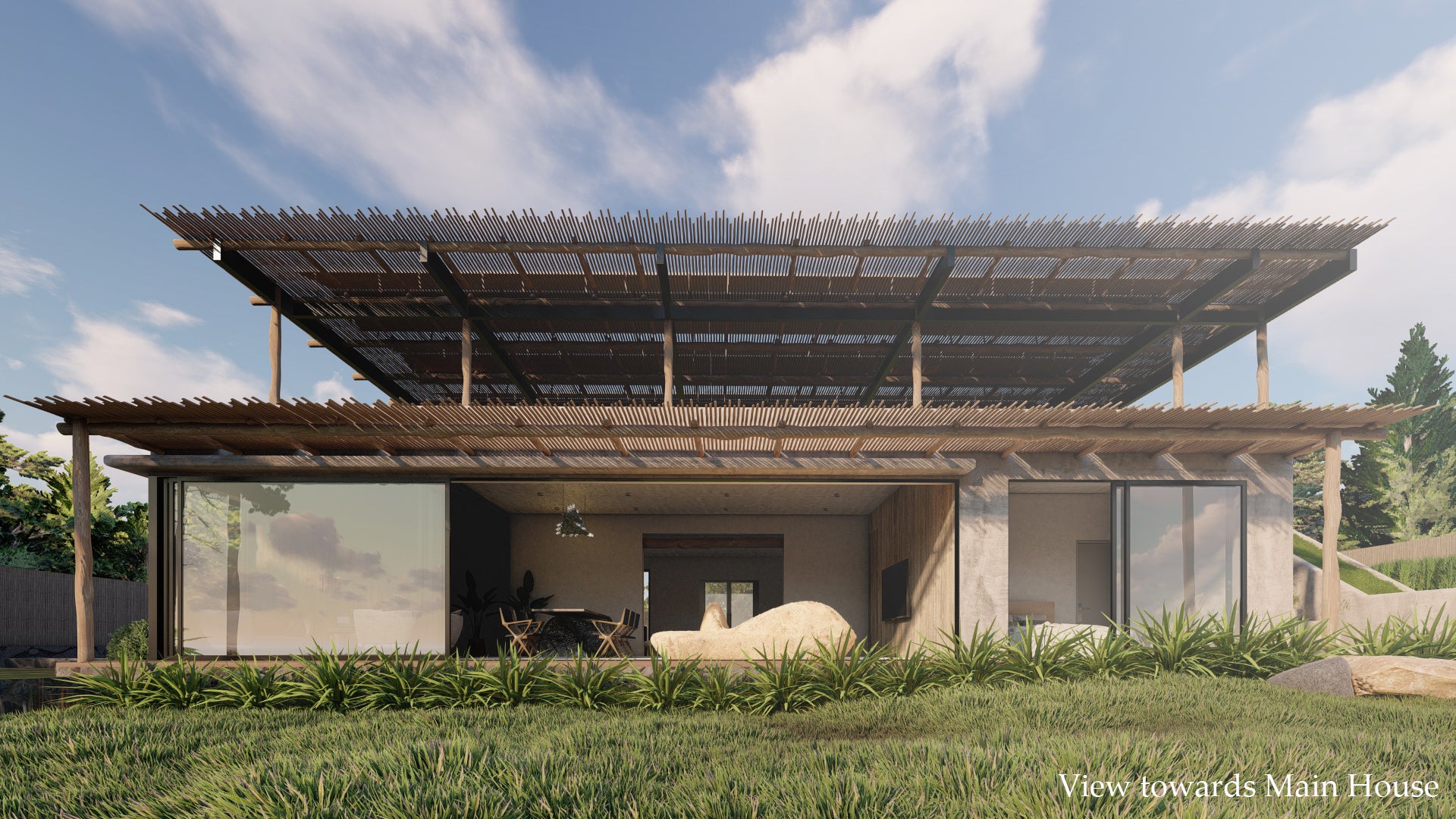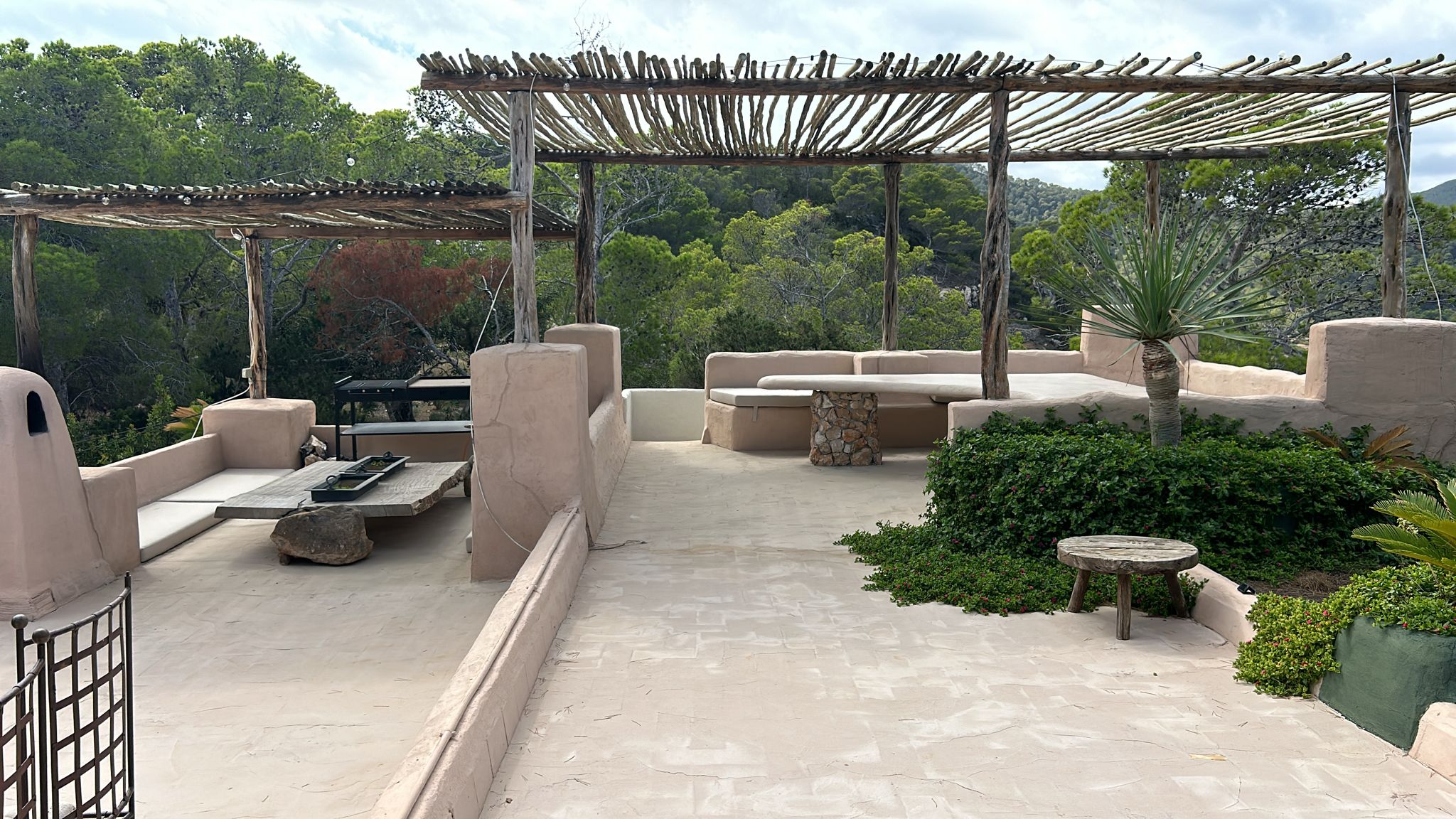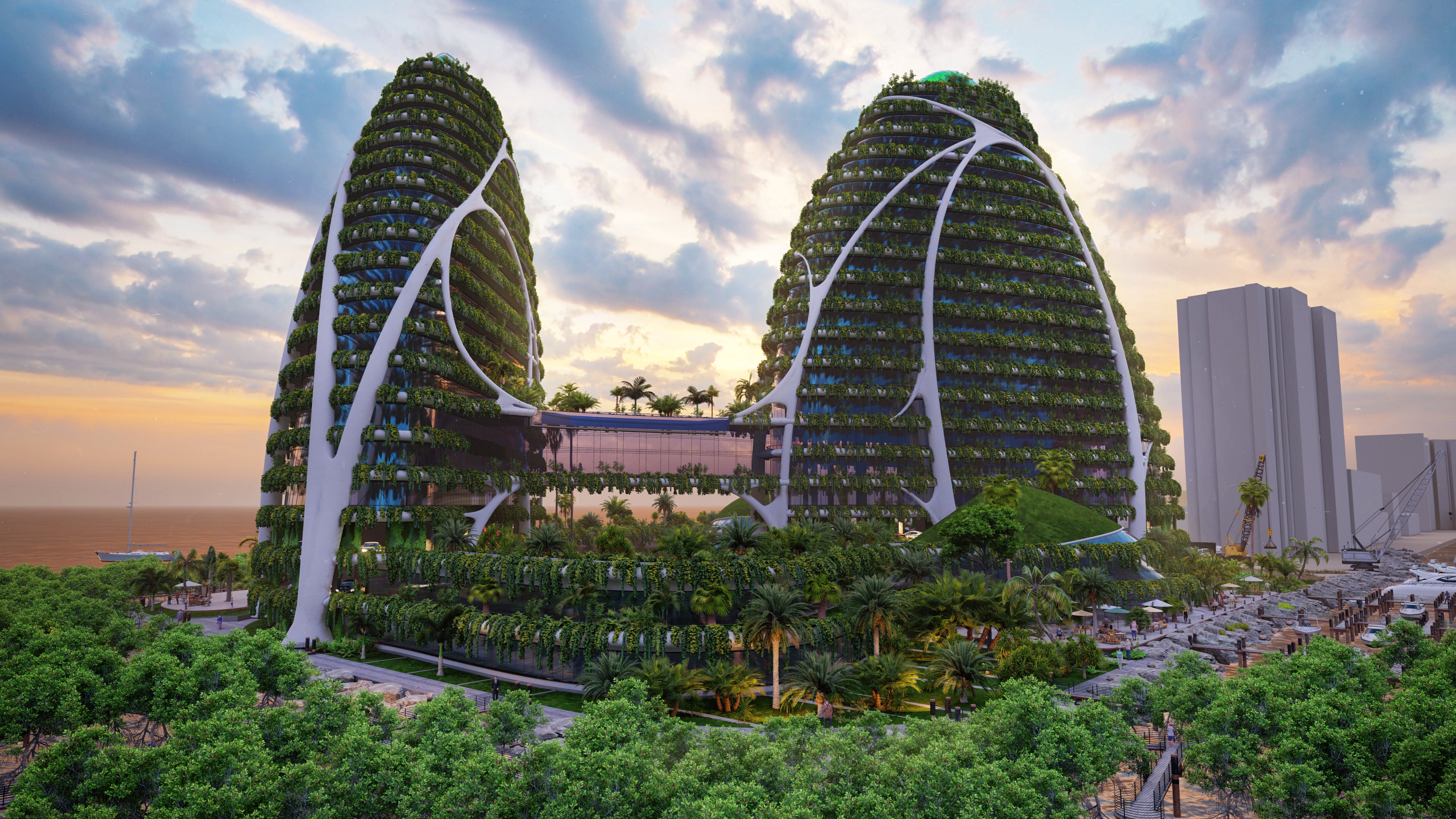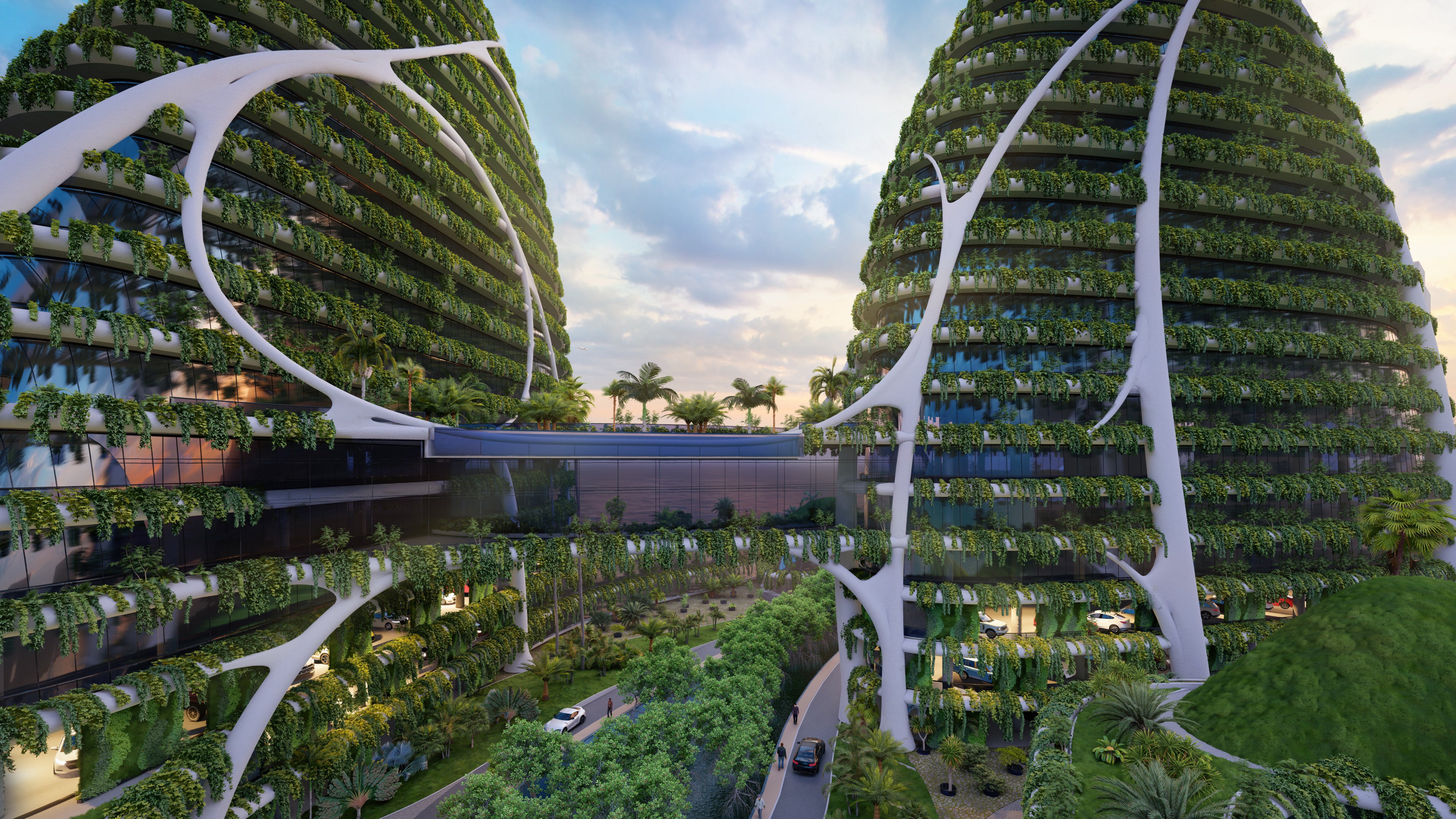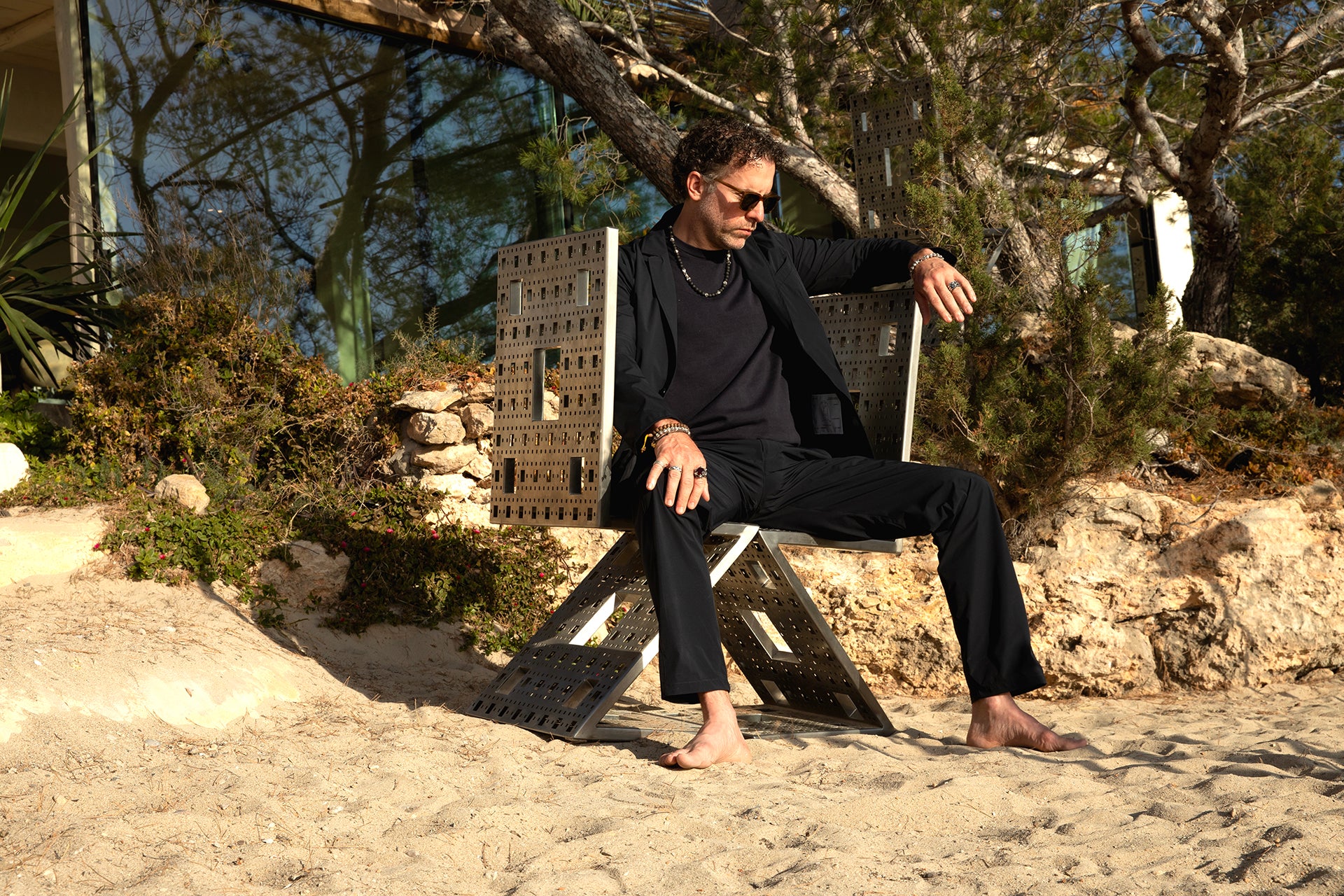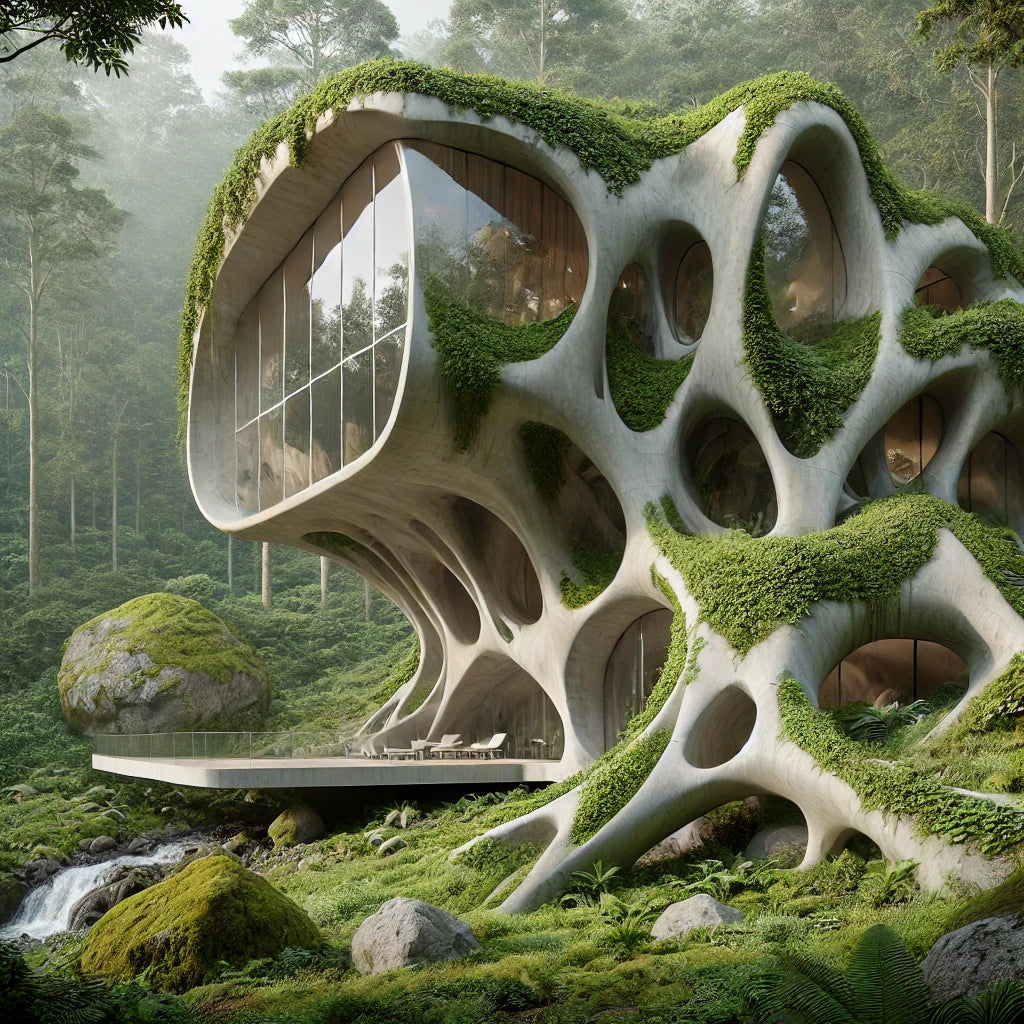
Regenerative Design: Aligning the Future with the Geometry of Nature
In the shadow of technological dominion and architectural dominance over the environment, it is time for a counter-shift—a fundamental rethinking of how we design, build, and integrate into the ecosystems that sustain us. The future of architecture lies not in our ability to conquer nature but in our surrender to it, embracing designs that regenerate, inspire, and align with the intricate patterns of life itself.
The image we are confronted with—a structure woven into the organic contours of its surroundings—presents an audacious yet humbling vision of what architecture could become. A futuristic, skeletal form, seemingly carved from the earth’s raw matter, breathing life through the foliage that intertwines its form, echoing the essence of both biomimicry and sacred geometry. The harmony between form, function, and environment is not accidental but intentional. The time has come to reconsider how we create spaces that inspire not only visually but emotionally and spiritually, grounding us in the wisdom of the natural world.
Designing Beyond Sustainability: The Necessity of Regeneration
The word “sustainability” has become a cliché—a modest goal that only aims to minimize damage. But if we are to address the environmental challenges of our time, we must design beyond neutrality. We must regenerate, restore, and revive. What this image suggests is not just a building but a living organism, an architecture that grows, evolves, and coexists. The design does not simply sit on the landscape; it becomes part of it. Vegetation grows on its skin, water flows beneath its foundations, and air circulates through its open, porous frame. This is not just greenwashing; it is the next logical step in our evolution as designers.
Regenerative design is an architectural philosophy that goes beyond minimizing harm. It seeks to heal the environment and actively improve the ecosystems in which we build. The design does not simply sit on the landscape; it becomes part of it. Vegetation grows on its skin, water flows beneath its foundations, and air circulates through its open, porous frame. This is not just greenwashing; it is the next logical step in our evolution as designers.
Photogenic Architecture as a Tool of Inspiration
In a world where images are currency, architecture has a new responsibility. It must capture the imagination, invite wonder, and inspire change. The photogenic nature of regenerative design plays a critical role in its ability to influence and shift culture. Buildings that align with nature, like the one depicted here, are aesthetically striking. They challenge the modernist paradigms of sleek, hard lines and steel-encased minimalism. Instead, they embrace complexity, texture, and softness, resonating with the natural beauty that has been eroded by years of industrial standardization.
There is power in the visual storytelling of regenerative architecture. Its shapes appeal to our collective unconscious, awakening an ancient connection to the earth that we have forgotten. People are drawn to these forms, not just because they are novel but because they speak to something deeper—an inherent understanding that this is how we are meant to live. These structures become icons, not of technological progress but of ecological symbiosis, standing as reminders that the most advanced societies are the ones most attuned to their environments.
Aligning with Nature: Lessons from Biomimicry
To create spaces that regenerate, we must first look to nature as our greatest teacher. The design in this image is more than a building; it is an ecosystem. The organic, fluid forms draw inspiration from natural systems that have evolved over millennia. Biomimicry offers us a blueprint for this future—an approach to design that mirrors the strategies found in the natural world.
Biomimicry teaches us resilience through interdependence, efficiency through simplicity, and beauty through diversity. It offers solutions that are self-regulating and adaptive. Like the structure depicted here, nature thrives in its complexity, and yet it remains perfectly balanced. The building’s porous form allows light, air, and water to move freely, creating a dynamic interaction between the interior and exterior. This is architecture as a living organism, breathing and interacting with its surroundings.
Space as a Medium of Emotional and Spiritual Connection
Regenerative design is not merely about ecology; it is also about the human experience. The spaces we inhabit shape our thoughts, emotions, and connections to the world. A building that regenerates its environment can also regenerate the spirit. As we align our structures with the patterns and rhythms of nature, we also align ourselves with those same rhythms, creating environments that are nurturing, restorative, and empowering.
Architecture has the power to influence how we feel, think, and interact. Spaces that are grounded in the principles of regeneration can foster a sense of peace and purpose, reminding us of our place within the larger context of life. The building in this image, with its organic curves and integration with the landscape, invites us to slow down, to breathe, to reconnect. It is a sacred space in every sense—a place where form, function, and nature merge to create something greater than the sum of its parts.
The Future: A Call to Action
We are at a pivotal moment in history, where the choices we make in design will determine the future of our planet. The image before us is not a mere fantasy but a blueprint for what is possible. It challenges us to reimagine what architecture can be—more than just shelter but a regenerative force for good. It asks us to move beyond sustainability to a future where buildings contribute positively to the environment, where design is not a burden on the earth but a catalyst for its healing.
It is time for us to embrace the potential of regenerative design. To create spaces that inspire, that heal, and that align with the natural world. In doing so, we will not only transform the way we build but also the way we live.
As John Brevard reflects, “Architecture has the power to remind us of what we’ve forgotten, to ground us in the present, and to inspire a reconnection with what truly matters.” This is the promise of regenerative design—a future that is photogenic, aligned with Mother Nature, and capable of inspiring us to become better stewards of the planet. The time is now.



